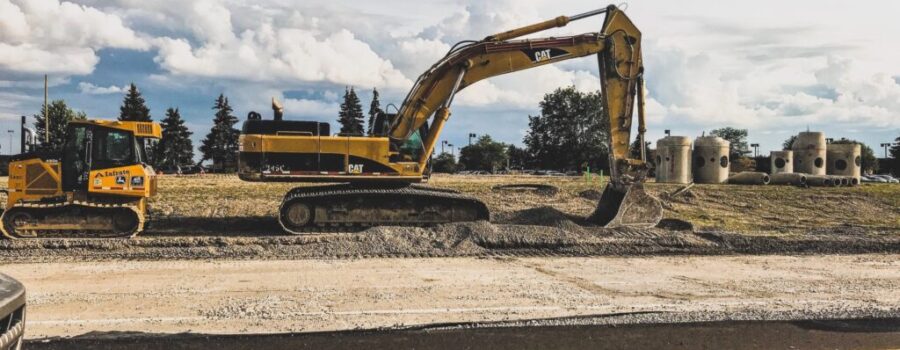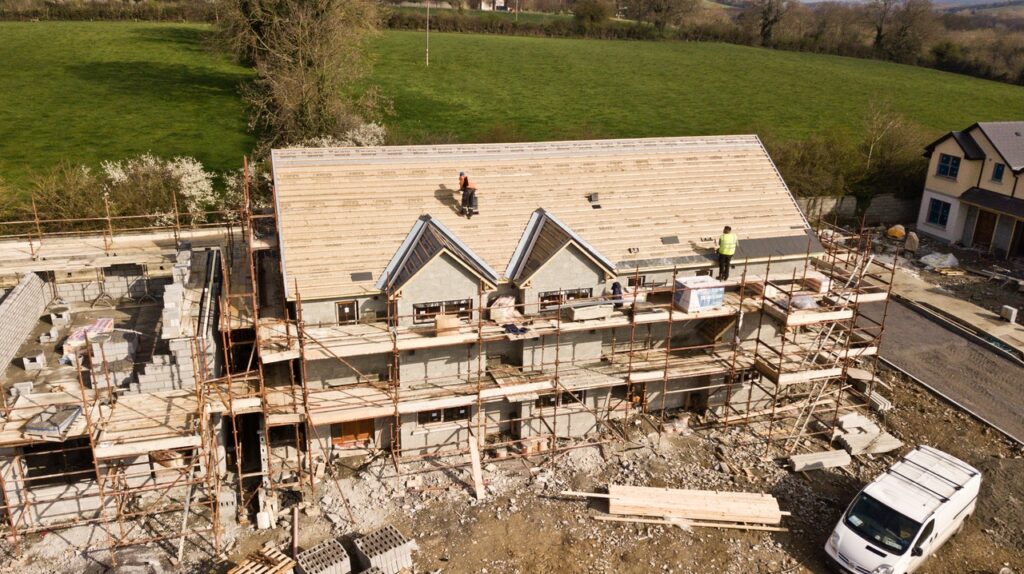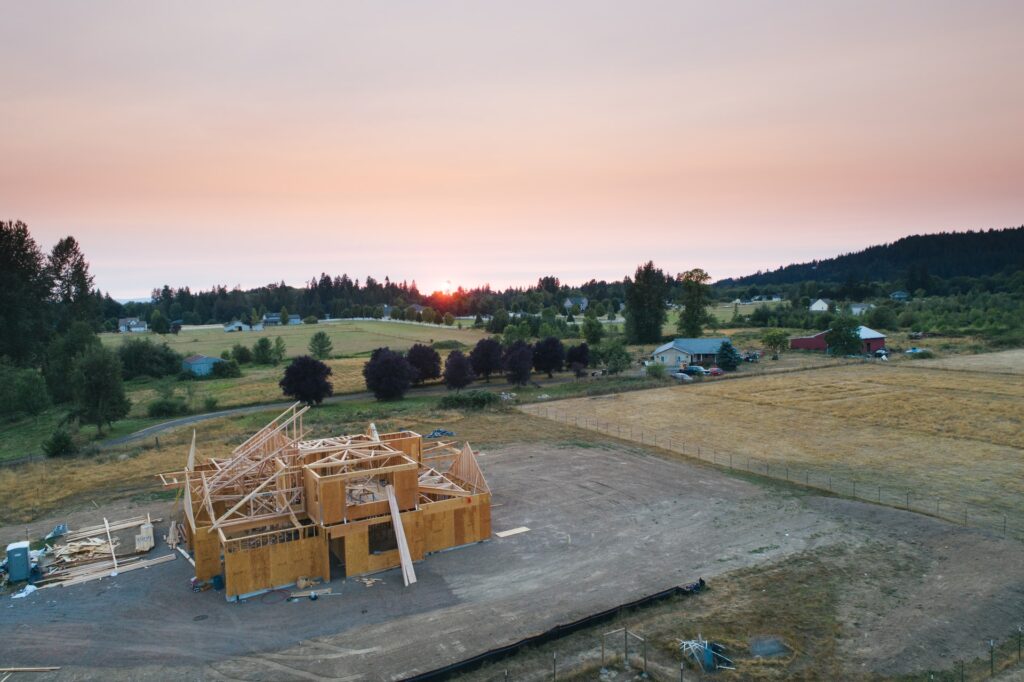
What is Raw Land Investing?
If you’re interested in real estate investment, among the more popular investment opportunities is raw land investing, which comes with numerous upsides. Investing in land is very different from investing in property since development won’t have occurred on the land in question. While you will still need to adhere to local zoning regulations, it’s important to understand that land is relatively inexpensive and provides investors with the ability to complete many different kinds of development.
While there are various types of land investment available to real estate investors, this type of investment is popular because it can be highly lucrative and is ideal for long-term investment strategies. When looking specifically at farmland and recreational land, valuations for this land have only dropped within a single seven-year period, which means that they are typically rising.
While a lot of work will need to go into the development of raw land, the investment should pay off as long as you take the right steps to maximize your return. There are many reasons why people will choose to purchase raw land compared to developed land. This type of investment is great if the cost of the land is low enough to take economic downturns into account. It’s also an ideal investment for individuals who can partner with a reputable land developer. If you’re thinking about investing in raw land, take a look at this article to learn more about what this type of investment entails.
Key Takeaways:
- Raw land investing is a process of buying land and waiting for cash flow to return.
- There are numerous types of land investments you should understand before investing in raw land.
- The benefits are based on how much risk you are willing to take to receive a reward. This simple process can lead to numerous benefits in the long run.
Types of Land Investments
There are numerous land investments that are available to you as an investor. However, investing in land isn’t as simple as purchasing the first plot of land that you find. Many investors will take this approach and fail because they didn’t take additional factors into account. To understand what you will need to do when investing in land, it’s first important that you learn about the various types of land investment. With this information in hand, you can identify which option is best for your investment strategy. The best types of land investments that you can make include:
- Commercial and residential land
- Row crop and livestock
- Small farmland investing
- Issues to consider
Commercial and Residential

When considering commercial and residential land, this type of land has been zoned for a specific purpose but has yet to be developed. This land investment is very popular because the development that can occur on the land is already specified. Investors can more readily obtain financing when the lenders can be certain that the land will be developed for residential or commercial purposes.
However, a significant amount of planning is needed when investing in commercial or residential land. For instance, it’s important that you assess the surrounding real estate market before purchasing the land in question. In the event that the local market is in a downturn, it may be unwise to purchase land in that area.
Row Crop and Livestock

Investing in row crop and livestock land can be more difficult but potentially more rewarding as well. For one, investors will need to have extensive knowledge pertaining to the agricultural industry. Row crops can be anything from soybeans to corn. Keep in mind that the land in question will need to accommodate the planting of row crops if you want your investment to pan out.
Small Farmland Investing

When looking at small farmland investing, this type of investment is made for land that can be used for vineyards, minerals, orchards, and timber. If you want to make wise investment decisions, you will also need to have a thorough understanding of the agricultural industry. While row crops require large plots of land, this form of investing accommodates smaller plots of land, which makes it easier to obtain financing from lenders.
Issues to Consider
Before you invest in land, there are some issues to consider as well. For instance, there will be land use restrictions in place that dictate how you can use the land. Make sure that you consider what the property taxes will be, the location of the property, and how you will introduce utilities to the land. If you make a raw land investment without taking these considerations into account, you may not identify an issue until you’ve already made the investment.
Pieces of livestock and row crop land also come with some extra responsibilities when compared to the other land investment types. Market fluctuations are more common. It’s also possible that an entire season of crops can be destroyed by bad weather, which could cause you to lose a significant amount of money. With some pieces of land, there will be regulations in place that determine how you’ll be able to access natural resources. If you obtain this information before making an investment, you should be prepared for any issues that arise.
Benefits of Raw Land Investing

When you’re considering investing in raw land, it’s important that you weigh the risk versus reward for the type of investment that you wish to make. This premise centers around taking the risks and possible rewards into account when deciding whether to make an investment. The final decision that you make depends primarily on what your investment portfolio is centered around.
While some investors focus on risky investments, others want a balanced portfolio. If the potential return on the investment is high, you may be willing to take a larger risk when making the investment. On the other hand, a piece of land that is only able to provide you with a modest return may not be worth the money if the risk is high.
There are many factors that play a sizable role in raw land investing, all of which you should keep in mind before you decide to invest in raw land. These factors include the local housing market, current mortgage rates, new housing construction in the area, and the local economy. If the mortgage rates are high and the local housing market appears to be strong, investing in raw land may not be that risky. The primary benefits of investing in raw land when compared to other investment types include:
- Raw land is considered to be easy to maintain when compared to developed property
- Owning raw land comes with low costs
- You have the potential to earn passive income
- Unlike investing in developed properties, there are no issues with competition when it comes to raw land investing
- It’s relatively simple to gain land
- You have the flexibility of building on the land or holding the land until its valuation increases
All of these benefits should be weighed against the costs associated with purchasing the raw land. While the benefits are numerous and may allow you to net a high return on your investment, you will still need to perform your due diligence. Managing a raw land investment can be difficult, which is why you need to understand what’s involved with raw land investing before you make your investment. When you’re performing your due diligence, it’s important that you identify if you can afford the land that you’re interested in. However, you must also determine if the investment will be financially viable.
There are several methods for making money once you’ve invested in raw land. These methods include:
- Buying and holding the land under the belief that the land will appreciate over time
- Developing a property on the land so that the land can be used and its value can increase
- Dividing one plot of land into several separate plots, which helps to bolster the value of the land
- Leasing the land on a short-term or long-term basis, which gives you the ability to collect rent
Summary

Raw land investing is the act of purchasing a piece of land that has yet to be prepared for construction or developed on. This land is terrain that hasn’t been touched, which means that you will have complete control over how the land is developed and the type of investment strategy you take with the land. Before you make this kind of investment, you should ask yourself some questions to determine if this investment is right for you. These questions include:
- Do you have a support system to help you manage the raw land investment?
- Can you manage the risk that comes with this investment?
- Are you organized financially to the point where you can take on a long-term investment?
- Are you able to prioritize conducting the amount of research and due diligence that’s necessary to succeed with this form of investment?
If you can answer yes to all of these questions, there are numerous benefits afforded to you by investing in raw land, which include a potential to earn passive income, the possibility of obtaining a quick profit, flexibility to hold the investment or build a property, low costs and maintenance requirements, and very little competition. Once you’ve weighed the risks and potential rewards, you should know if raw land investing is right for you.

Jason Somers, President & Founder of Crest Real Estate
With over 15 years of professional experience in the Los Angeles luxury real estate market, Jason Somers has the background, judgement and track record to provide an unparalleled level of real estate services. His widespread knowledge helps clients identify and acquire income producing properties and value-ad development opportunities.
Learn more about Jason Somers or contact us.



